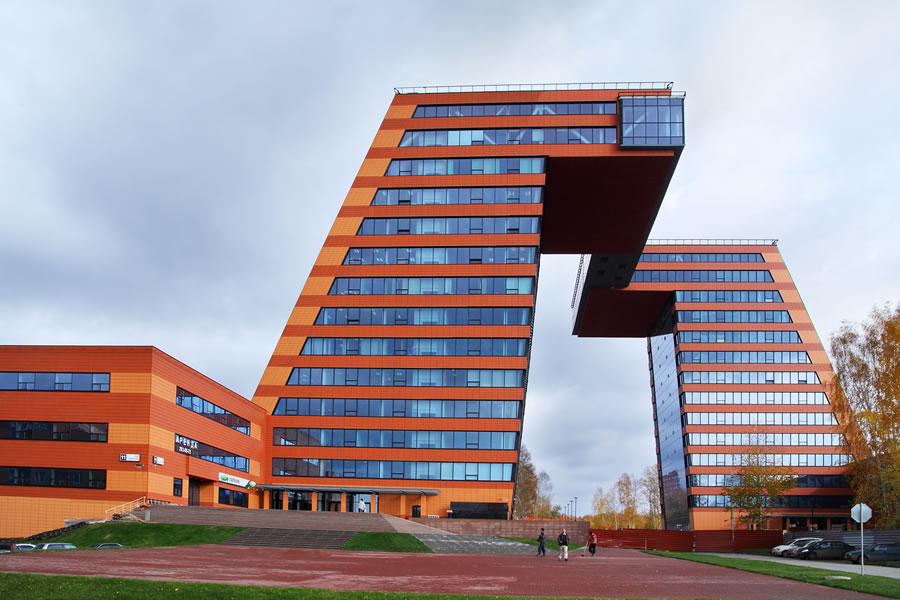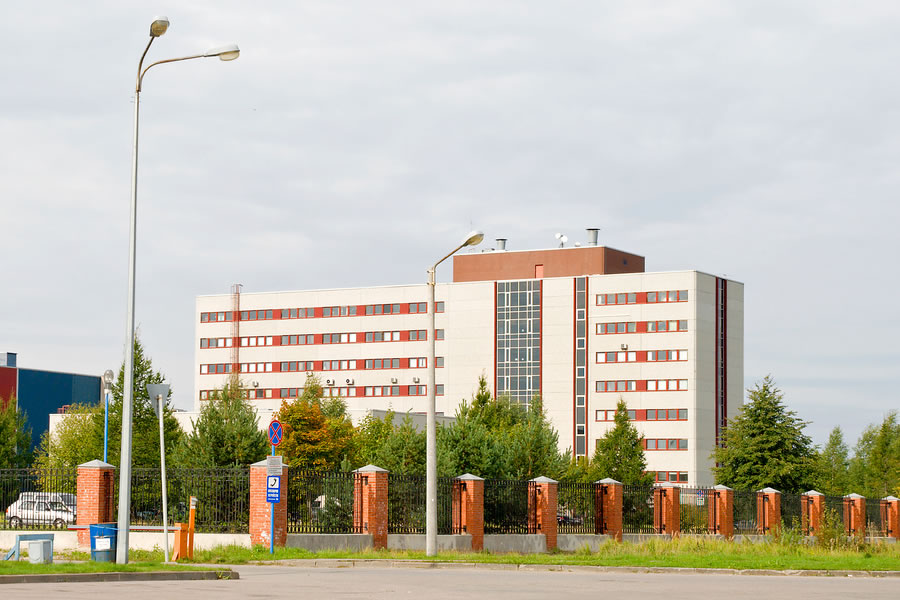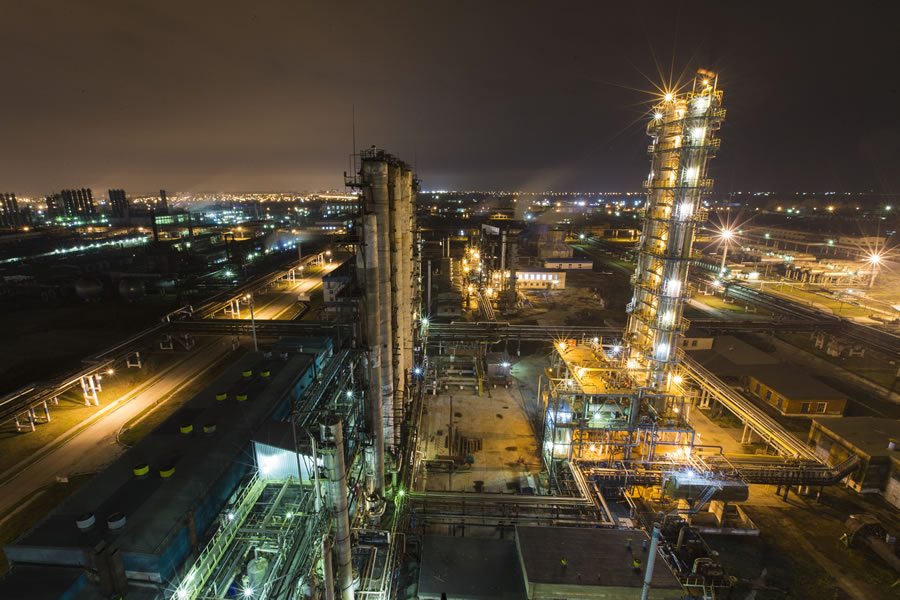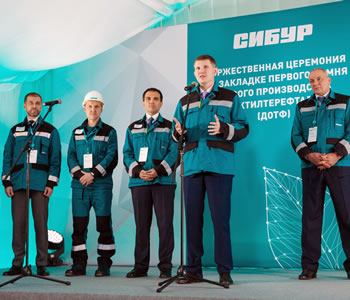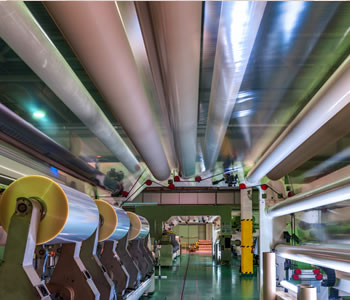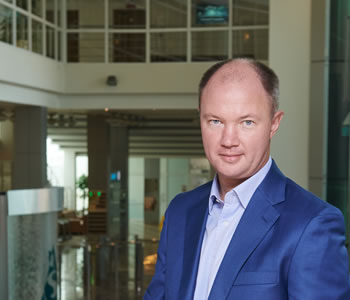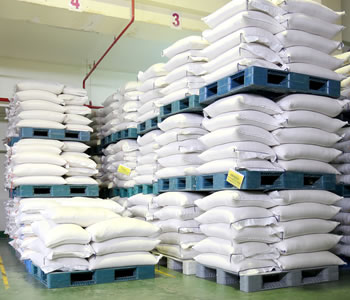The first technology park was opened in the USA after World War II. It all started when Stanford University decided to rent out its unoccupied premises. As Stanford is one of the most prestigious educational and research institutions, a diverse community of research-focused companies emerged all around it. Many of them secured state support, including in the form of government orders. This is how Silicon Valley was born.
Total revenue of the Russian technology parks' residents in 2017 is expected to exceed RUB 207 bn, up by nearly 10% y-o-y.
Technology parks in Russia
The success of Stanford inspired other countries, and similar projects were rolled out across the globe. For example, in Europe technology parks became popular in the 1970s, while China started actively developing them in the late 1980s.
The USSR followed the same path as it started building academic towns. In modern Russia, technology parks also emerge in major scientific and industrial hubs that have well-developed R&D infrastructure in place.
A technology park is a work environment with production, storage and office buildings. The park's tenants are entitled to a wide range of incentives, including tax benefits, but in order to become full-fledged residents they need to meet certain conditions. The baseline criteria usually include approved project feasibility and no tax or other compulsory payment arrears.
Center of Information Technologies in the Technology park of the Novosibirsk Academgorodok.
According to the Association of Clusters and Technology Parks, total revenue of the Russian technology parks' residents in 2017 is expected to exceed RUB 207 bn, up by nearly 10% y-o-y. "Russia's technology parks are firmly on their way to reach the design capacity," says Andrey Shpilenko, the Association's Director.
According to the Association of Clusters and Technology Parks, there are currently 107 technology parks in Russia that are already in operation or are slated for commissioning. They are generally divided into two types – hi-tech and industrial parks (the latter are more numerous, as their number is close to 80).
Hi-tech parks are designed for launching and marketing hi-tech products and services, including through territorial integration with research and educational institutions.
An industrial park is a work environment with dedicated facilities, buildings, structures and equipment designed to launch and market new industrial products and technologies.
Industrial parks are yet another form of science-driven development sites. They are often mistaken for technology parks, but that is not quite right. The key objective of technology parks is to provide development incentives for innovation-focused companies. This makes proximity to research and educational institutions particularly important, as they are the key suppliers of the required technology and human resources. Even though technology parks may have the administrative capacity to provide legal, accounting or even marketing support to their residents, their main purpose is to speed up product marketing, help businesses get off the ground and assist them in reaching the break-even point.
Technology park "Russian diesel" in Vsevolozhsk.
Industrial parks represent the next link in the chain, as they focus on longer-term operations and mass production and therefore lay particular emphasis on developed transport, logistics and energy infrastructure. On top of that, industrial parks are large industrial sites offering work environment for several unaffiliated companies that frequently forge partnerships on the back of shared value creation chains.
There are two types of industrial parks – greenfield (using land that has not yet been built on) and brownfield (using the previously developed sites). According to the Association of Industrial Parks, there are currently 166 industrial parks in Russia that are already in operation or are slated for commissioning, the majority of them being greenfield. 75 industrial park projects are sponsored by the government, while the remaining 91 are backed by private companies.
Pursuant to the existing statutory requirements, industrial parks must have the total area of at least 8 ha and be connected to energy/water supply and road networks. Hence, residents do not have to tackle the infrastructure issues, with their lease contracts usually signed for a long term.
It is not infrequent that residents get additional services from the park's administration, ranging from marketing to HR support. Besides, they can benefit from various government programmes seeking to prop up industrial production in any given region.
Case study: Togliattisintez
The statistical data show that the penetration of industrial and technology parks remains limited in Russia: only 51 of Russia's 85 regions have full-fledged industrial parks. But there are also some regions that are actively involved in the development of such clusters. With one technology and four industrial parks, the Samara Region is among Russia's trailblazers. According to the web resource gisip.ru of the Russian Ministry of Industry and Trade, the Samara Region's parks have some 200 registered residents, with the Togliattisintez Industrial Park leading the charge in terms of its headcount (over 1,500 employees).
Togliattisintez is a private-backed project implemented in 2014 at the proposal of SIBUR. It provides the entire range of benefits offered by industrial parks, i.e. a vast area (345 ha), advanced energy, storage and transport infrastructure (including railway connections), access to extra services (for example, IT solutions), industrial cooperation opportunities, and proximity to major suppliers and consumers, such as SIBUR's Togliatti site and AvtoVAZ.
Industrial park Togliattisintez was implemented in 2014 at the proposal of SIBUR.
The park currently has 21 registered residents, including TARA-STROY, a producer of biomass briquettes and wood-plastic composite packaging solutions. Evgeny Salienko, TARA-STROY CEO, has a very high opinion of the results achieved under collaboration with the industrial park. "Quite recently, the park has helped us in concluding negotiations with the municipal authorities. As a result, we have not only signed a contract, but have also become actively involved in the utilisation of wood waste, a key material in the production of biomass briquettes. We also seek to set up a partnership with SIBUR. TARA-STROY has already submitted a project to produce composite packaging and purchased a dedicated feedstock processing line. Such packaging solutions could have many applications, but we primarily eye the transportation segment, as our first client was AvtoVAZ," says Mr Salienko.
Another factor contributing to the appeal of the industrial park among the resident companies is its favourable geographic position – it lies in close proximity to the M5 Ural Highway which runs through many of the country's regions. According to ArtemBiryukov, Development Manager at EcoChemPlus-Togliatti (part of Havila Group), that was the main reason why his company decided to become a resident of Togliattisintez in July 2017 opening a servicing and maintenance facility for tank trucks and tank containers used to transport chemical and food cargoes. The company's main goal was to optimise the customers' logistics by minimising dead mileage and improving efficiency in preparing tanks for further shipments.
Last year Togliatti was classified as a priority development area (PDA), with Togliattisintez considered as one of its main development sites.
Even though Astron is not physically present in the technology park, it is still a full-fledged resident which works hard to build contacts with other companies operating in the region. Andrey Evsigneev, Astron's CEO, told us that his company had recently shipped a consignment of shock absorbers for SIBUR's process pipelines. This partnership is of strategic importance for Astron. "We wanted to participate in the contest of innovation projects, under which SIBUR implemented the best proposed solutions. Unfortunately, we did not have enough time to submit the required documents. Later on, SIBUR contacted us all the same, and now we are supplying it with a wide range of accessory components. I think that, by the end of the year, the equipment will have been assembled, and we will be able to assess overall shock absorption," says Mr Evsigneev. Astron has not completed its joint project with SIBUR yet, but it has already been contacted by another company from Togliatti interested in purchasing similar products. The negotiations are now underway. "This is the greatest thing about working in a special economic zone," says Andrey.
But this benefit is not the only one. Last year Togliatti was classified as a priority development area (PDA), with Togliattisintez considered as one of its main development sites. The municipal authorities announced that the park's residents get a five-year exemption from the federal income tax, while their contributions to the regional budget go down to 2%. There are some other ten-year incentives, too, including lower compulsory insurance contributions (down to 7.6%), property tax exemptions and loan benefits. The PDA status opens brand new horizons for the residents of industrial parks.
Download PDF

